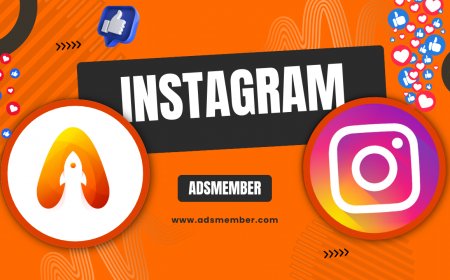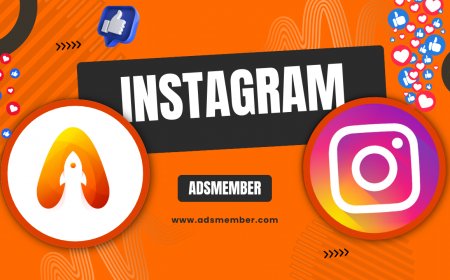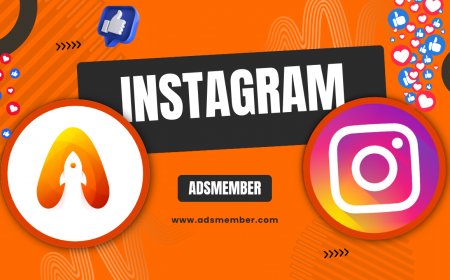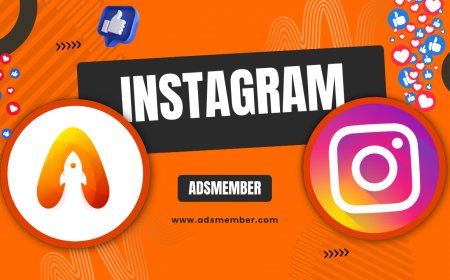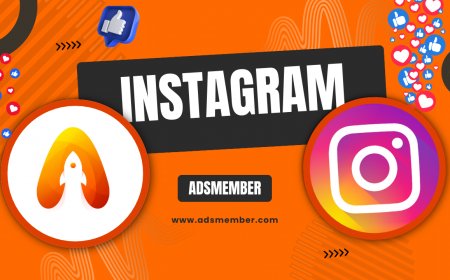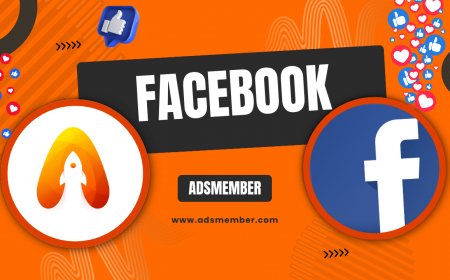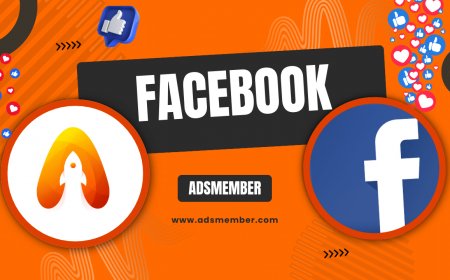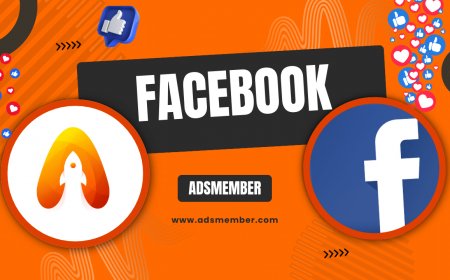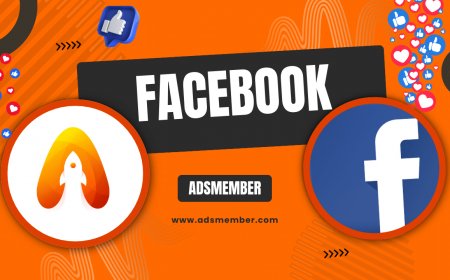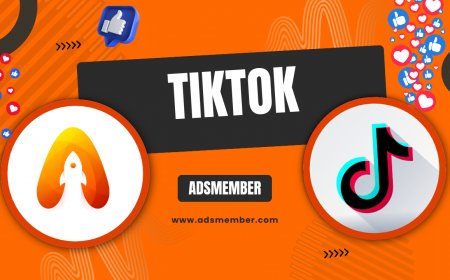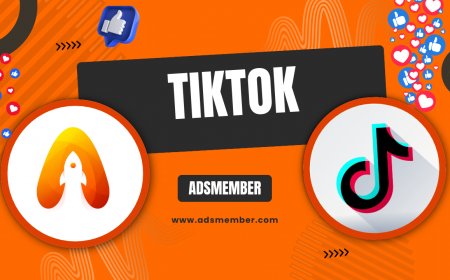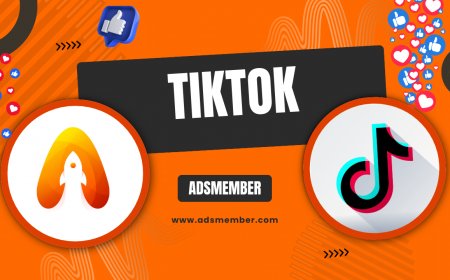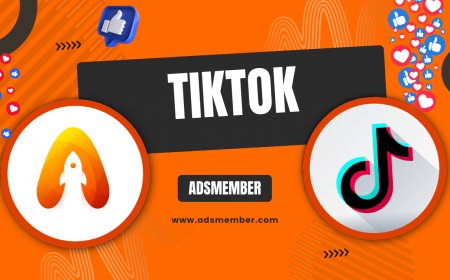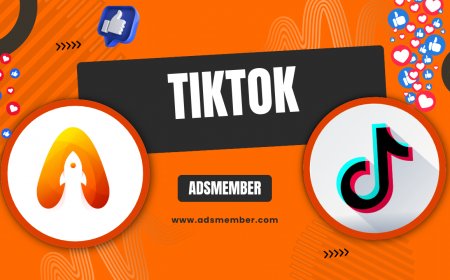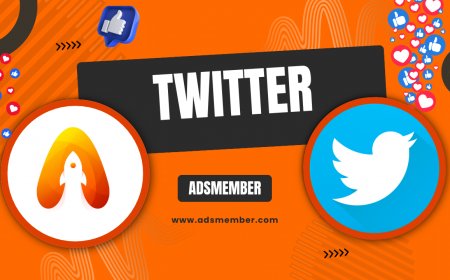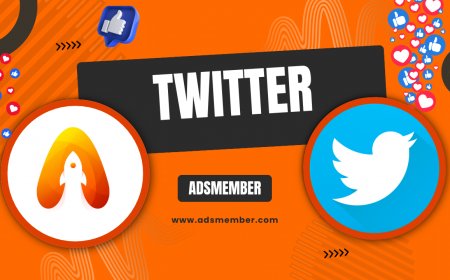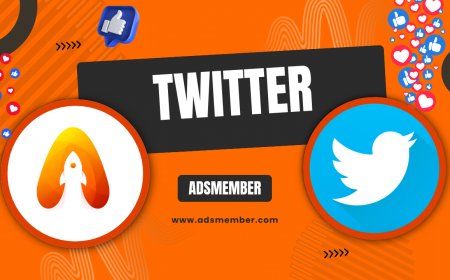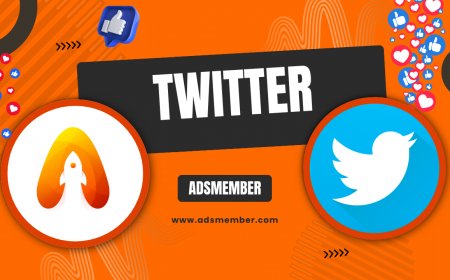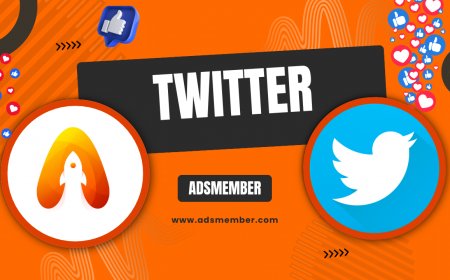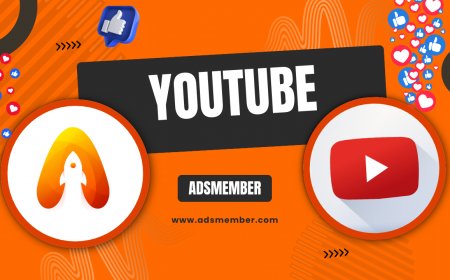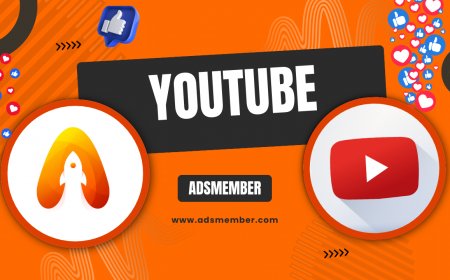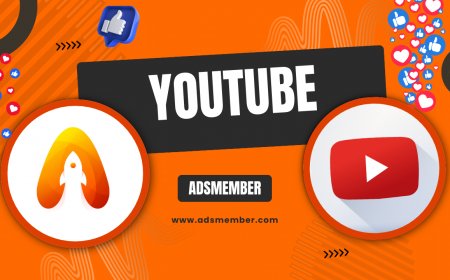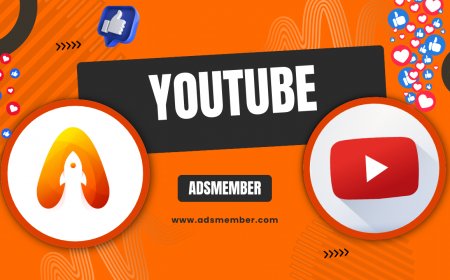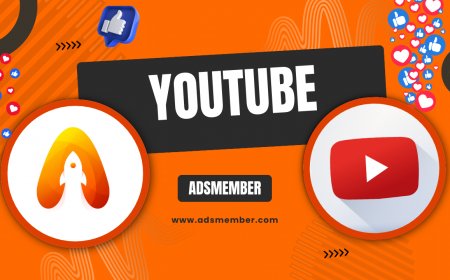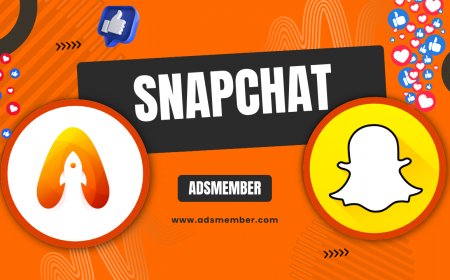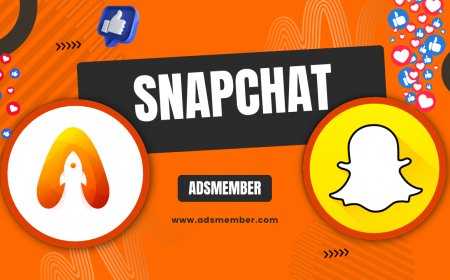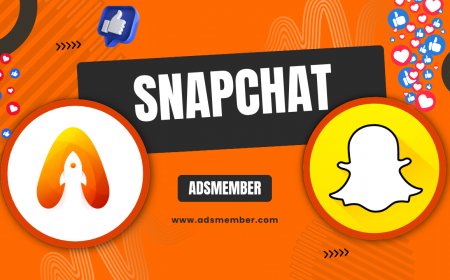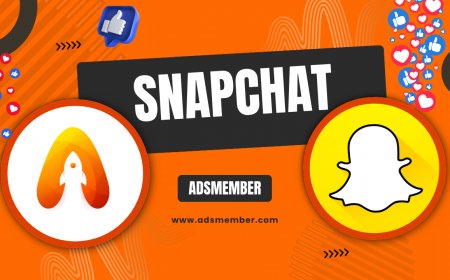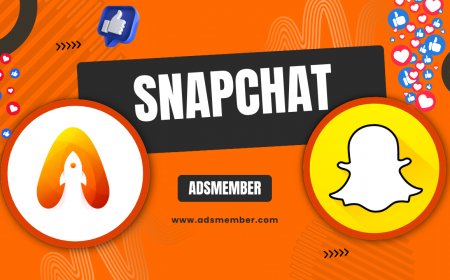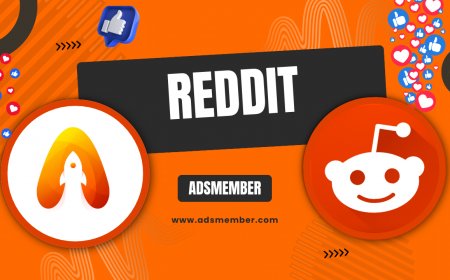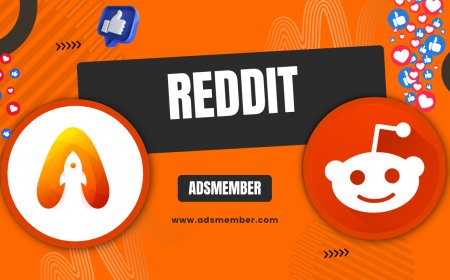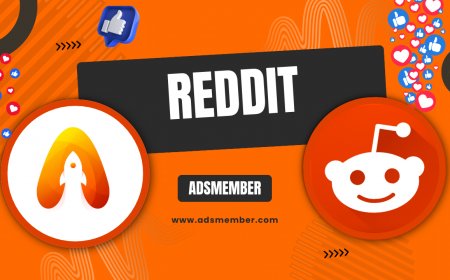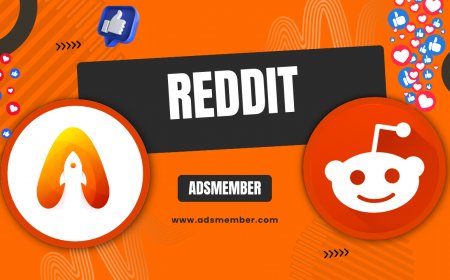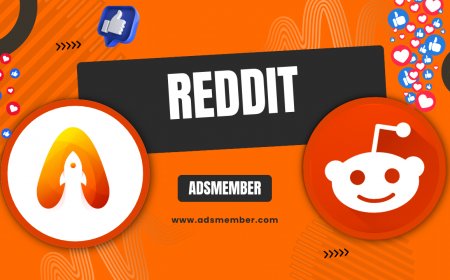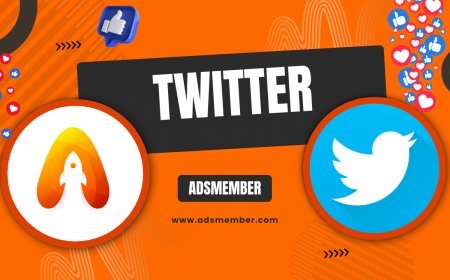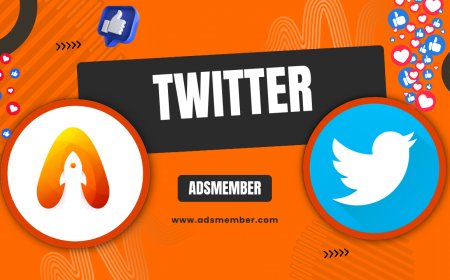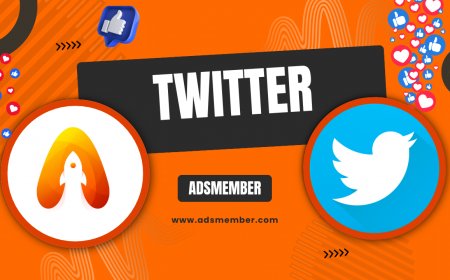What is Sina Weibo? Your Essential Guide to China's Twitter
Discover what Sina Weibo is – China's leading microblogging platform akin to Twitter. Learn its history, key features, how to use it, and why it's essential…
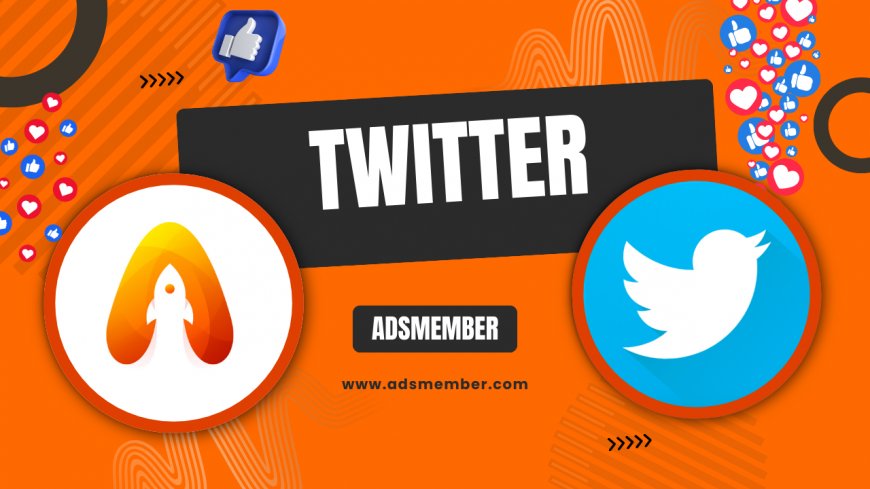
If you've ever wondered about social media beyond the Western giants like Twitter or Instagram, Sina Weibo is a name that pops up often. Honestly, as someone who's dived deep into global platforms, I find Weibo fascinating—it's essentially China's version of Twitter, but with its own unique twists. Launched in 2009, it's a microblogging site where users post short updates, share media, and engage in real-time discussions. With over 500 million monthly active users, it's a powerhouse in China. In my opinion, understanding Weibo is key if you're into international marketing or just curious about digital cultures. Let's break it down step by step.
The Origins and Evolution of Sina Weibo
Sina Weibo started as a response to the blocking of Twitter in China back in 2009. Developed by Sina Corporation, it quickly filled the void, offering a space for short-form content. I remember tracking its early days; it exploded during events like the 2010 Shanghai Expo, where real-time sharing became a hit. Today, it's evolved into a multifaceted platform blending social networking, news, and e-commerce.
Key Milestones in Weibo's History
Launched on August 14, 2009, Weibo hit 1 million users within months. By 2011, it was central to public discourse, especially during the Wenzhou train collision, where users broke news faster than official channels. In 2014, it went public on NASDAQ, a move that, in my view, solidified its global ambitions. Fast forward to now, integrations with Alibaba have turned it into a shopping hub too.
How Government Regulations Shaped Weibo
China's strict internet laws mean Weibo operates under heavy censorship. Real-name registration is mandatory since 2012, which curbs anonymity but boosts accountability—or so they say. Honestly, this has led to self-censorship among users, a unique dynamic not seen on Twitter. For businesses, it means navigating sensitive topics carefully.
Core Features That Make Sina Weibo Stand Out
What sets Weibo apart? It's not just microblogging; it's a vibrant ecosystem. Users post 'weibos' up to 2,000 characters—way more than Twitter's old limit. You can add images, videos, live streams, and even polls. In my experience, the trending topics section is a goldmine for viral content, often driving national conversations.
User Interface and Posting Mechanics
The app's interface is intuitive: a home feed, discover tab, and messaging. To post, tap the plus icon, type your message, add hashtags or @mentions, and hit send. Pro tip: Use geotags for local engagement—something I’ve seen boost visibility in niche communities. Unlike Twitter, Weibo's algorithm favors multimedia, so videos perform exceptionally well.
Social and Interactive Elements
Following influencers (called 'Big Vs' for verified accounts) is huge. Features like super topics create themed communities, similar to Reddit but more integrated. Live streaming, powered by partnerships, lets users monetize via virtual gifts. I’ve analyzed campaigns where brands use this for real-time sales, achieving conversion rates up to 20% higher than static posts.
How to Get Started with Sina Weibo
Setting up is straightforward, but there's a catch for non-Chinese users. Download the app from Weibo's official site or app stores. Sign up with a phone number—international ones work, but verification might need a VPN in China. Once in, customize your profile with a bio and avatar. My advice: Start by following topics in English to ease in.
Step-by-Step Account Creation
- Install the Weibo app on iOS or Android.
- Select 'Sign Up' and enter a valid phone number for SMS verification.
- Create a username and password; add a profile picture.
- Verify your identity if prompted—essential for full features.
- Explore the feed and follow accounts like celebrities or news outlets.
Unique insight: Use Weibo's translation tool for non-Mandarin posts; it's improved a lot, making it accessible globally.
Navigating Language and Cultural Barriers
Most content is in Chinese, so tools like Google Translate help, but nuances get lost. In my opinion, learning basic phrases pays off. Join English-speaking groups or follow expat influencers for a smoother experience. Case study: A Western brand I consulted grew their following by 30% through bilingual posts and collaborations with local KOLs (Key Opinion Leaders).
Weibo vs. Twitter: Key Differences and Similarities
At first glance, Weibo mirrors Twitter with timelines and retweets (called 'reposts'). But dig deeper: Weibo allows longer posts and has built-in e-commerce links, thanks to Alibaba ties. Twitter feels more global and less censored. Honestly, Weibo's ecosystem is richer for marketing in Asia, while Twitter excels in free speech.
Content Moderation and User Base
Weibo's 582 million MAUs (as of 2023, per Statista) dwarf Twitter's in China, but it's geographically limited. Censorship means topics like politics vanish quickly—unlike Twitter's open debates. Analysis: During the 2022 lockdowns, Weibo saw spikes in user activity, but posts were swiftly moderated, highlighting its role in controlled narratives.
| Platform | MAUs | Primary Language | Key Feature |
|---|---|---|---|
| Sina Weibo | 582M | Chinese | E-commerce Integration |
| Twitter (X) | 556M | English/Global | Threaded Conversations |
Marketing and Business Opportunities on Weibo
For brands, Weibo is a treasure trove. Influencer partnerships drive massive reach—think celebrity endorsements that go viral overnight. I’ve seen ROI skyrocket with targeted ads; the platform's data analytics are top-notch, offering insights into user demographics and engagement.
Unique Tips for Weibo Marketing
Don't just translate content; localize it. Use Weibo's 'Red Envelope' feature for giveaways—it's culturally resonant and boosts shares. Tip not commonly shared: Analyze 'hot search' trends via third-party tools like Weibo Index for timing posts. Case study: A skincare brand I advised gained 100K followers by tying into K-drama trends, blending pop culture with product placements.
Challenges and Controversies Surrounding Weibo
No platform is perfect. Weibo's censorship draws criticism; posts on sensitive issues like Hong Kong protests often disappear. Privacy concerns arise from data sharing with authorities. In my view, it's a double-edged sword—great for business, but ethically tricky for free expression advocates.
Impact on Society and Global Perception
Weibo has amplified voices during disasters, like the 2011 earthquake, but also spread misinformation. Globally, it's seen as a window into China, yet restricted access limits its appeal. Unique insight: For researchers, archived Weibo data (via APIs) reveals sentiment trends, something I've used in social media studies.
What is the difference between Sina Weibo and WeChat?
Weibo is public microblogging, like Twitter, for broadcasting to masses. WeChat is more private, app-based messaging with social features. Honestly, use Weibo for virality and WeChat for one-on-one engagement. Check our Social Media Guides for more comparisons.
Is Sina Weibo available in English?
Yes, the app has an English interface option, but most user content is in Chinese. Switch languages in settings. Pro tip: Enable auto-translate for feeds—it's not perfect, but helpful for beginners.
Can foreigners use Sina Weibo without a Chinese phone number?
Absolutely, international numbers work for signup, though verification might require a VPN. I've done it from the US without issues. For full access, link an email too.
How does censorship work on Sina Weibo?
Automated filters and human moderators remove sensitive content. Users self-censor to avoid bans. From experience, avoid politics; focus on lifestyle for safe, engaging posts. See official guidelines at Wikipedia's Weibo page.
Is Sina Weibo good for business marketing?
Definitely, especially in China. With targeted ads and influencer tools, it's powerful. In my opinion, pair it with data from Alibaba for best results—conversions can be impressive.
What's Your Reaction?
 Like
0
Like
0
 Dislike
0
Dislike
0
 Love
0
Love
0
 Funny
0
Funny
0
 Angry
0
Angry
0
 Sad
0
Sad
0
 Wow
0
Wow
0
